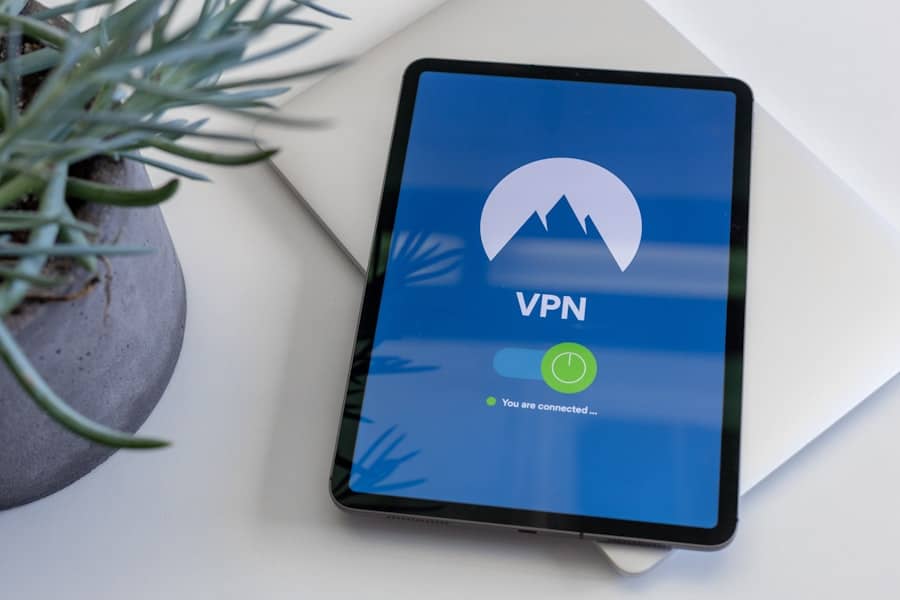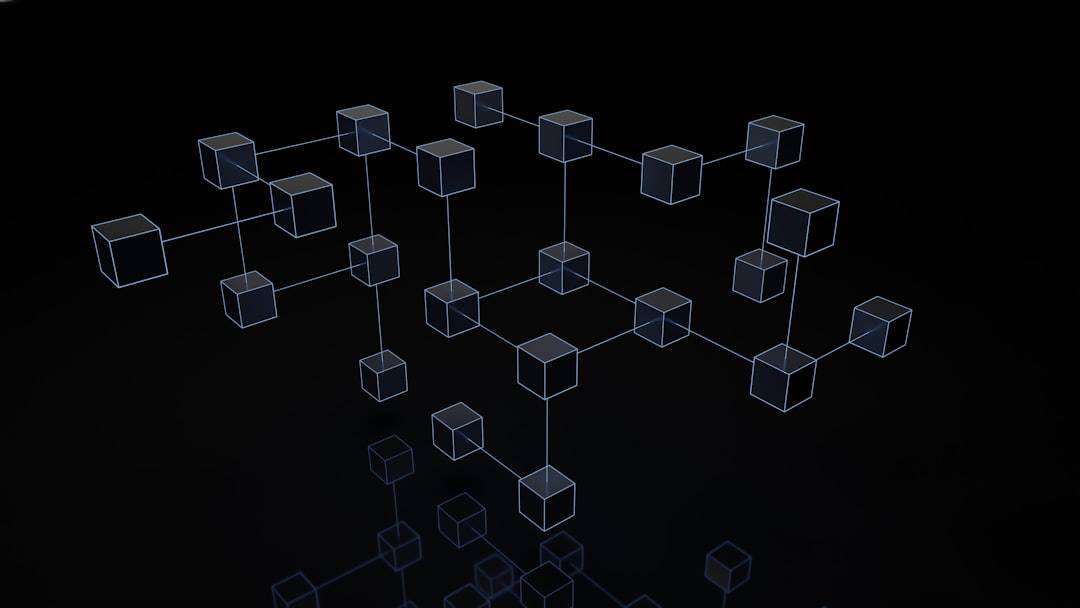Zero-day attacks are a sophisticated form of cyber threat that exploit previously undiscovered vulnerabilities in computer applications, networks, or systems. The term “zero-day” refers to the fact that the vulnerability is exploited on the same day it is discovered, leaving the targeted entity with no time to prepare or implement defensive measures. These vulnerabilities are highly valuable to cybercriminals and state-sponsored actors due to their potential for undetected system infiltration and data theft.
Zero-day attacks can manifest in various forms, including malware, ransomware, and phishing campaigns. Upon successful exploitation of the vulnerability, attackers can gain unauthorized access to the targeted system, deploy malicious software, or exfiltrate sensitive information. The consequences of zero-day attacks can be severe, impacting individuals, organizations, and governments alike.
Potential outcomes include financial losses, damage to reputation, and compromised national security. The detection and mitigation of zero-day vulnerabilities present significant challenges for cybersecurity professionals, as traditional security measures may not be effective against these novel threats. As a result, organizations must employ a multi-layered approach to cybersecurity, including regular system updates, robust monitoring, and incident response planning to minimize the risk and impact of zero-day attacks.
Key Takeaways
- Zero day attacks are cyber attacks that target vulnerabilities in software that are unknown to the software developer and therefore have no patch or fix available.
- Recent zero day attacks include the SolarWinds supply chain attack and the Microsoft Exchange Server vulnerabilities exploited by Hafnium.
- Zero day attacks can have a significant impact on individuals, organizations, and even national security, leading to data breaches, financial losses, and reputational damage.
- To protect yourself from zero day attacks, it is important to keep your software and systems updated, use security tools such as firewalls and antivirus software, and practice good security hygiene such as using strong passwords and being cautious of suspicious emails and links.
- In the event of a zero day attack, it is important to have a response plan in place, including incident response procedures, communication strategies, and a backup and recovery plan.
- Zero day attacks are likely to continue in the future as cyber criminals and state-sponsored actors continue to exploit new vulnerabilities, making it crucial for individuals and organizations to stay informed about the latest threats and be prepared to respond effectively.
- In conclusion, staying informed about zero day attacks and taking proactive steps to protect against them is essential in today’s digital landscape.
Recent Zero Day Attacks
Widespread Disruption and Financial Losses
In May 2017, the WannaCry ransomware attack targeted computers running the Microsoft Windows operating system by exploiting a zero day vulnerability in the Server Message Block (SMB) protocol. The ransomware encrypted files on infected computers and demanded payment in Bitcoin in exchange for the decryption key. The attack affected hundreds of thousands of computers in over 150 countries, causing widespread disruption and financial losses.
The SolarWinds Attack: A Threat to National Security
Another recent zero day attack targeted the popular software company SolarWinds in December 2020. The attackers compromised the company’s software update mechanism to distribute malware to its customers, including several U.S. government agencies and major corporations. The attack went undetected for several months, allowing the attackers to exfiltrate sensitive information and conduct espionage activities.
Concerns About Software Supply Chain Security
The incident raised concerns about the security of software supply chains and the potential impact of zero day attacks on national security.
Impact of Zero Day Attacks

The impact of zero day attacks can be severe and far-reaching, affecting individuals, businesses, and governments alike. For individuals, zero day attacks can result in identity theft, financial fraud, and privacy violations. Businesses can suffer significant financial losses, reputational damage, and legal liabilities as a result of data breaches and service disruptions caused by zero day attacks.
Government agencies are also at risk of espionage, sabotage, and national security threats from sophisticated zero day attacks carried out by state-sponsored hackers. In addition to the immediate impact of zero day attacks, there are also long-term consequences that can affect trust in technology and cybersecurity. When high-profile zero day attacks occur, they erode public confidence in the security of digital systems and the ability of organizations to protect sensitive information.
This can lead to increased regulatory scrutiny, higher compliance costs, and a greater emphasis on cybersecurity measures to prevent future attacks.
How to Protect Yourself from Zero Day Attacks
| Protection Measure | Description |
|---|---|
| Keep Software Updated | Regularly update operating systems, software, and applications to patch vulnerabilities. |
| Use Antivirus Software | Install and regularly update antivirus software to detect and remove malware. |
| Enable Firewall | Activate and configure a firewall to monitor and control incoming and outgoing network traffic. |
| Be Cautious with Email Attachments | Avoid opening email attachments from unknown or suspicious sources. |
| Implement Least Privilege Access | Limit user privileges to only what is necessary to perform their job functions. |
Protecting yourself from zero day attacks requires a proactive approach to cybersecurity that includes both technical measures and user awareness. One of the most important steps you can take is to keep your software and operating systems up to date with the latest security patches. Software vendors regularly release updates to fix known vulnerabilities, so it’s crucial to install these updates as soon as they become available to reduce the risk of zero day attacks.
In addition to patching your software, you should also use strong and unique passwords for your online accounts and enable two-factor authentication whenever possible. This can help prevent unauthorized access to your accounts even if a zero day attack compromises your credentials. It’s also important to be cautious when clicking on links or downloading attachments from unknown or suspicious sources, as these could be vectors for zero day attacks such as phishing or malware.
Furthermore, using reputable antivirus and antimalware software can provide an additional layer of defense against zero day attacks by detecting and blocking malicious software before it can cause harm. Regularly backing up your important files and data to an external storage device or cloud service can also help mitigate the impact of a zero day attack by allowing you to restore your information in case of a ransomware infection or data loss.
Response to Zero Day Attacks
When a zero day attack occurs, it’s crucial for affected individuals and organizations to respond quickly and effectively to minimize the damage and prevent further exploitation of the vulnerability. In the case of a data breach or ransomware attack, it’s important to isolate affected systems from the network to prevent the spread of malware and limit the exposure of sensitive information. This may involve disconnecting infected computers from the internet or shutting down compromised servers until they can be thoroughly cleaned and secured.
In addition to containing the immediate impact of a zero day attack, it’s important to conduct a thorough investigation to understand how the attack occurred and what information may have been compromised. This may involve working with cybersecurity experts and law enforcement agencies to analyze forensic evidence, identify the root cause of the attack, and implement measures to prevent similar incidents in the future. Communicating transparently with affected individuals, customers, and stakeholders is also an important part of responding to a zero day attack.
Providing timely and accurate information about the incident, its impact, and the steps being taken to address it can help maintain trust and credibility in the face of a cybersecurity crisis.
Zero Day Attacks in the Future

The Rise of AI-Powered Attacks
One trend that is likely to shape the future of zero day attacks is the increasing use of artificial intelligence (AI) and machine learning by both attackers and defenders. Cybercriminals are already using AI-powered tools to automate tasks such as reconnaissance, social engineering, and malware development, making it easier for them to carry out sophisticated zero day attacks at scale. On the other hand, cybersecurity professionals are also leveraging AI and machine learning to detect and respond to zero day attacks more effectively by analyzing large volumes of data and identifying patterns indicative of malicious activity.
The Growing Threat of IoT-Enabled Attacks
Another factor that will influence the future of zero day attacks is the growing interconnectedness of devices through the Internet of Things (IoT). As more devices become connected to the internet, they become potential targets for zero day attacks that could have physical consequences beyond just data theft or disruption. This includes critical infrastructure such as power grids, transportation systems, and healthcare facilities that could be vulnerable to zero day attacks with far-reaching implications for public safety and national security.
The Need for Proactive Cybersecurity Measures
To mitigate the risks associated with zero day attacks, organizations must adopt a proactive approach to cybersecurity. This includes investing in advanced threat detection and response systems, conducting regular security audits and penetration testing, and implementing robust incident response plans. By taking these steps, organizations can reduce their vulnerability to zero day attacks and protect their sensitive data and systems from the ever-evolving threats of cybercriminals.
Staying Informed and Prepared
In conclusion, zero day attacks represent a significant cybersecurity threat that requires a proactive and multi-faceted approach to defend against. By understanding how zero day attacks work, staying informed about recent incidents and emerging trends, and taking practical steps to protect yourself from these threats, you can reduce your risk of falling victim to a zero day attack. It’s important for individuals and organizations alike to stay informed about cybersecurity best practices and emerging threats through reputable sources such as cybersecurity blogs, industry reports, and government advisories.
By staying informed about the latest developments in cybersecurity, you can better prepare yourself to respond effectively to zero day attacks and other cyber threats. Ultimately, preventing zero day attacks requires a combination of technical measures such as patching software vulnerabilities, using strong authentication methods, and deploying security tools like antivirus software alongside user awareness training and incident response planning. By taking a proactive approach to cybersecurity and remaining vigilant against evolving threats like zero day attacks, you can better protect yourself and your organization from potential harm.
FAQs
What are zero day attacks?
Zero day attacks are cyber attacks that target vulnerabilities in software or hardware that are unknown to the vendor or developer. This means that there are no patches or fixes available to protect against these attacks.
What is the impact of zero day attacks?
Zero day attacks can have serious consequences, including data breaches, financial losses, and disruption of services. These attacks can also be used to gain unauthorized access to systems and networks.
How can organizations protect themselves from zero day attacks?
Organizations can protect themselves from zero day attacks by staying up to date with security patches and updates, using intrusion detection systems, and implementing strong access controls and network segmentation. It is also important to have a response plan in place in case of a zero day attack.
What are some recent examples of zero day attacks?
Recent examples of zero day attacks include the Log4j vulnerability, the PrintNightmare vulnerability, and the Exchange Server vulnerabilities. These attacks have affected a wide range of organizations and have highlighted the importance of proactive security measures.











Leave a Reply